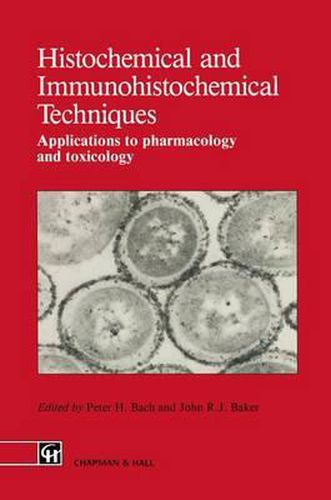Readings Newsletter
Become a Readings Member to make your shopping experience even easier.
Sign in or sign up for free!
You’re not far away from qualifying for FREE standard shipping within Australia
You’ve qualified for FREE standard shipping within Australia
The cart is loading…






Toxicological and pharmacological effects arise when chemicals interact with biophysical functions in discrete cell types. Researchers have a continuing need to screen novel compounds for their potential therapeutic needs and, once these have been discovered, to understand their molecular actions. Histochemistry can be used to facilitate the development of the knowledge on the distribution of a compound, the receptors to which it binds and the modulation of the physiological functions that are being investigated. The aim of this book is to draw conventional mechanistic biochemistry, pharmacology and toxicology closer to an appreciation of the molecular interactions between cells and chemicals. Different techniques and examples of their application are discussed, in order to show how they can provide an understanding of the mechanistic basis of chemically induced biological responses, their consequences and significance.
$9.00 standard shipping within Australia
FREE standard shipping within Australia for orders over $100.00
Express & International shipping calculated at checkout
Toxicological and pharmacological effects arise when chemicals interact with biophysical functions in discrete cell types. Researchers have a continuing need to screen novel compounds for their potential therapeutic needs and, once these have been discovered, to understand their molecular actions. Histochemistry can be used to facilitate the development of the knowledge on the distribution of a compound, the receptors to which it binds and the modulation of the physiological functions that are being investigated. The aim of this book is to draw conventional mechanistic biochemistry, pharmacology and toxicology closer to an appreciation of the molecular interactions between cells and chemicals. Different techniques and examples of their application are discussed, in order to show how they can provide an understanding of the mechanistic basis of chemically induced biological responses, their consequences and significance.